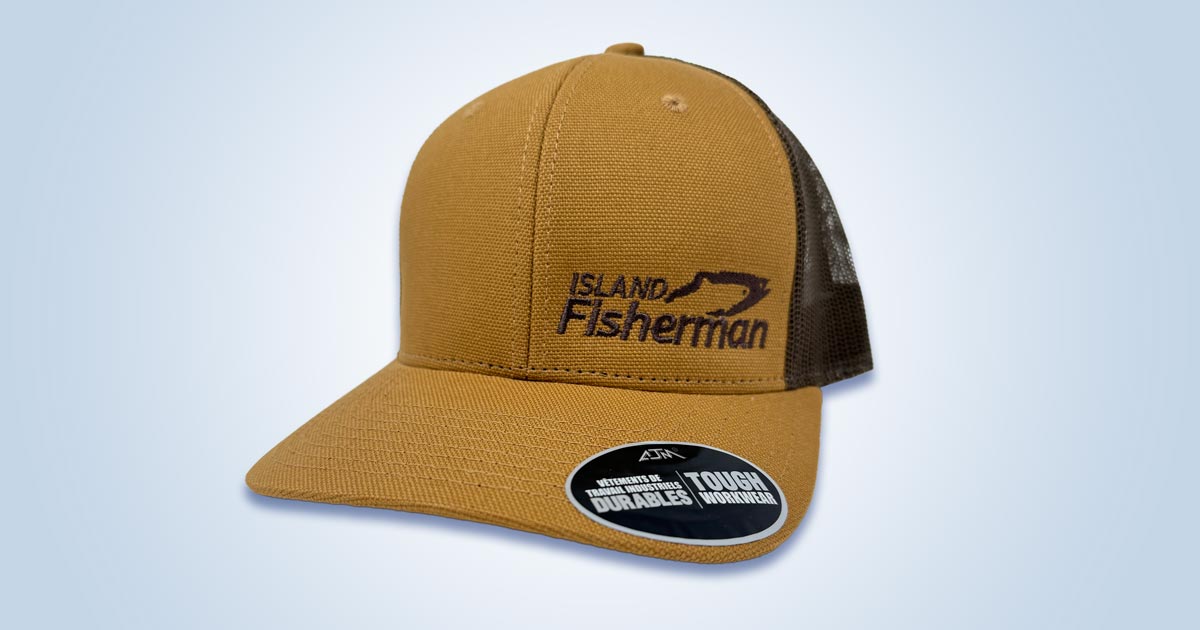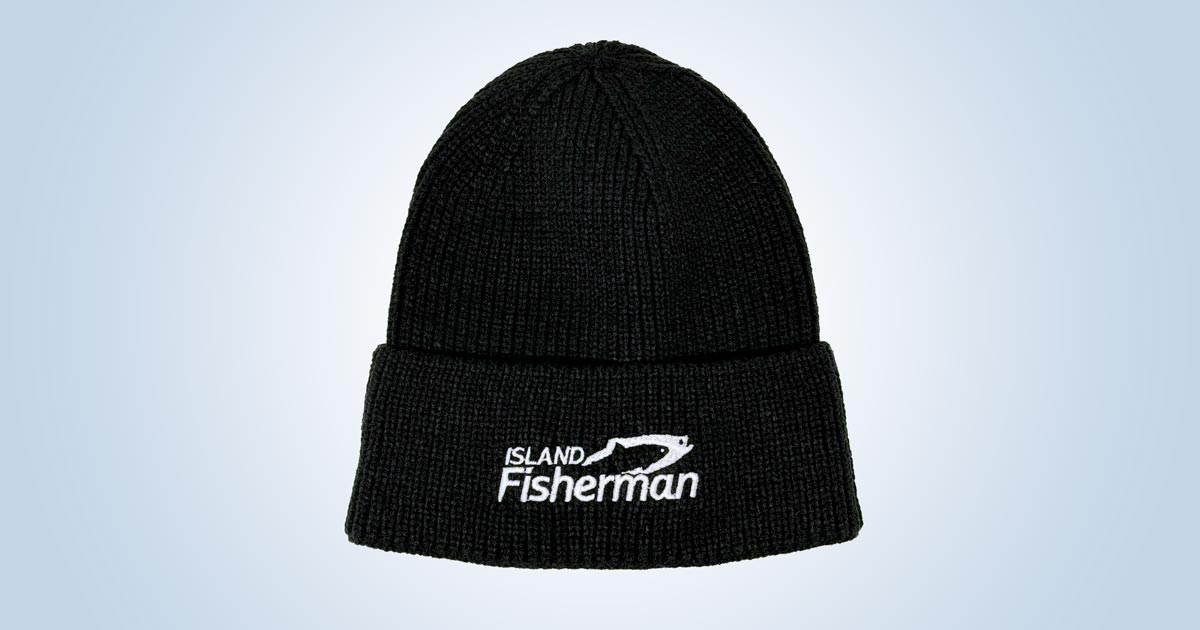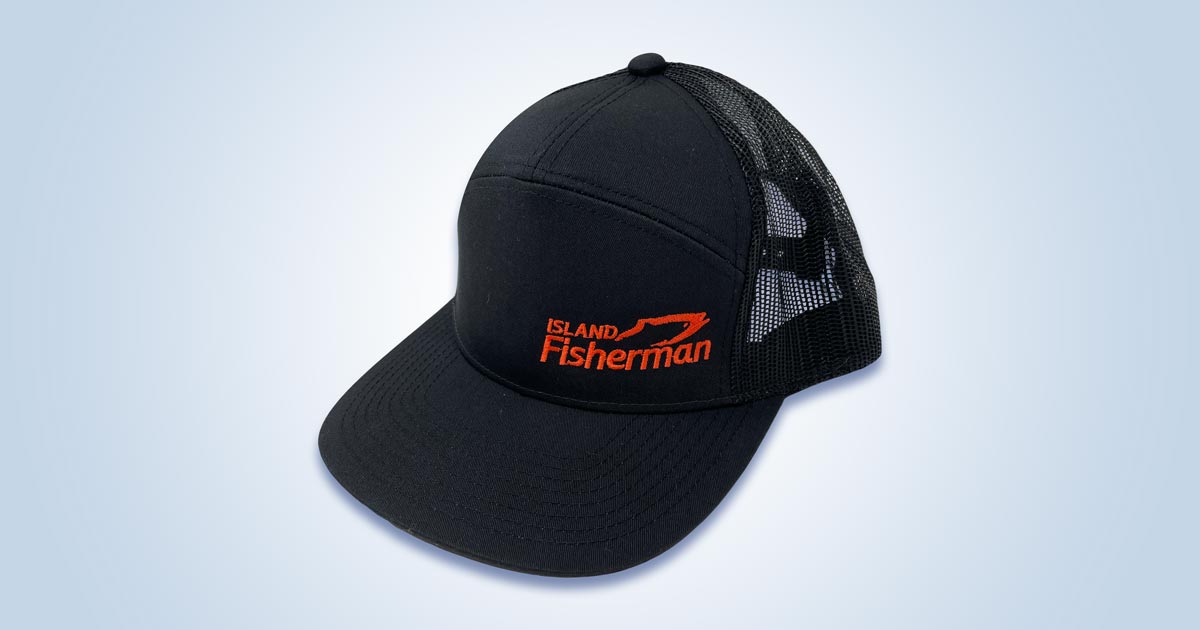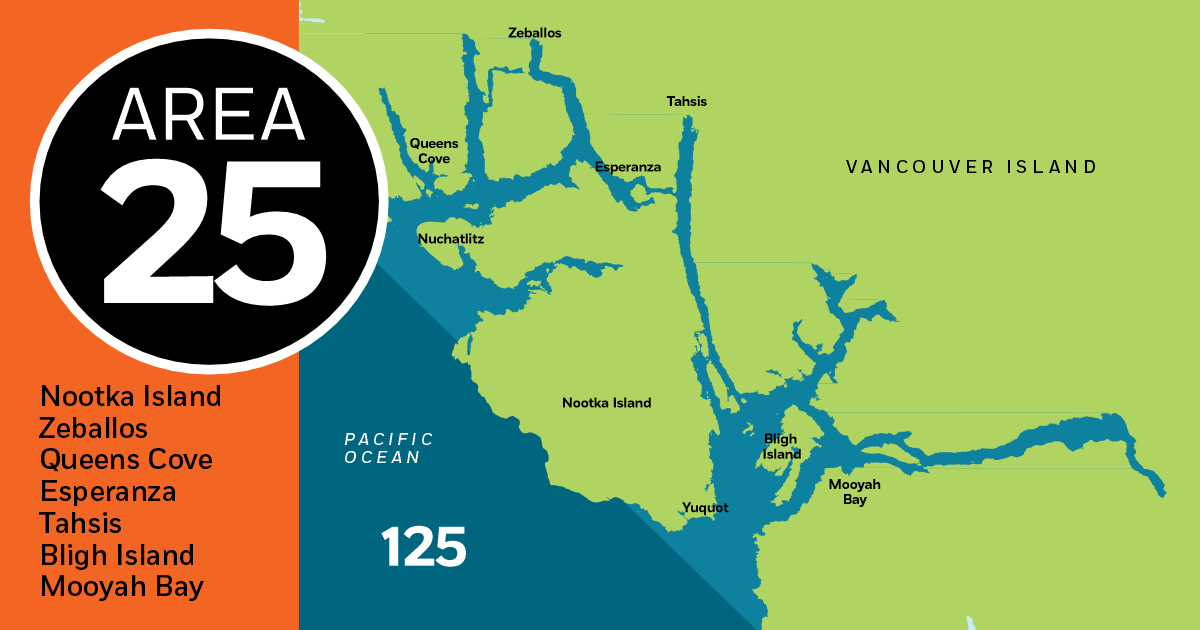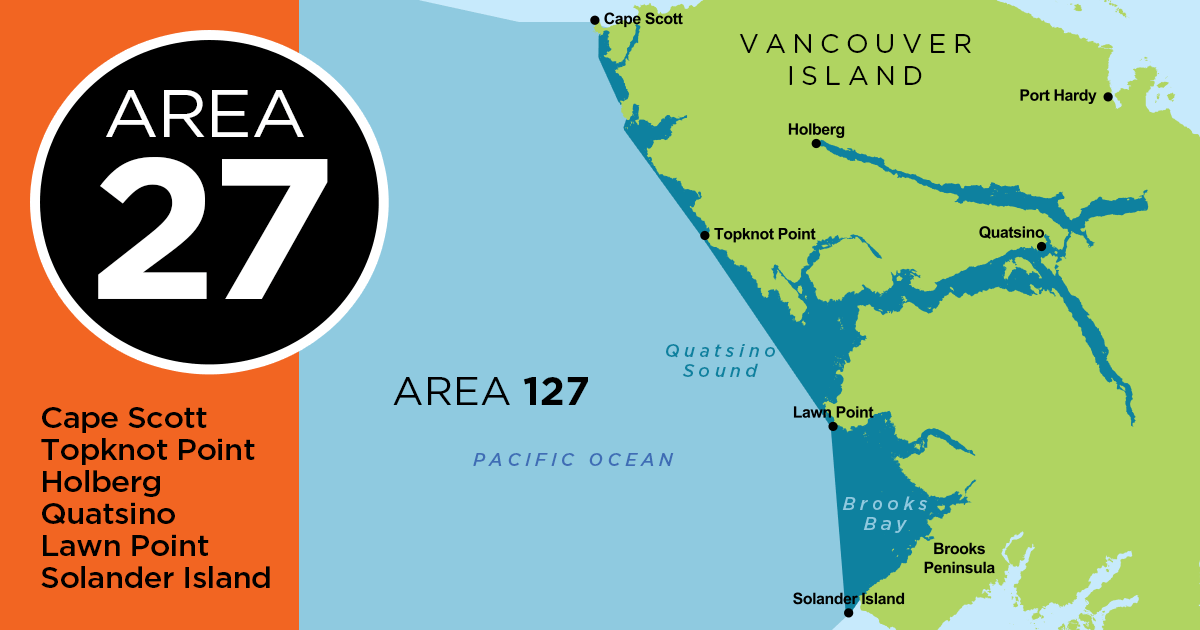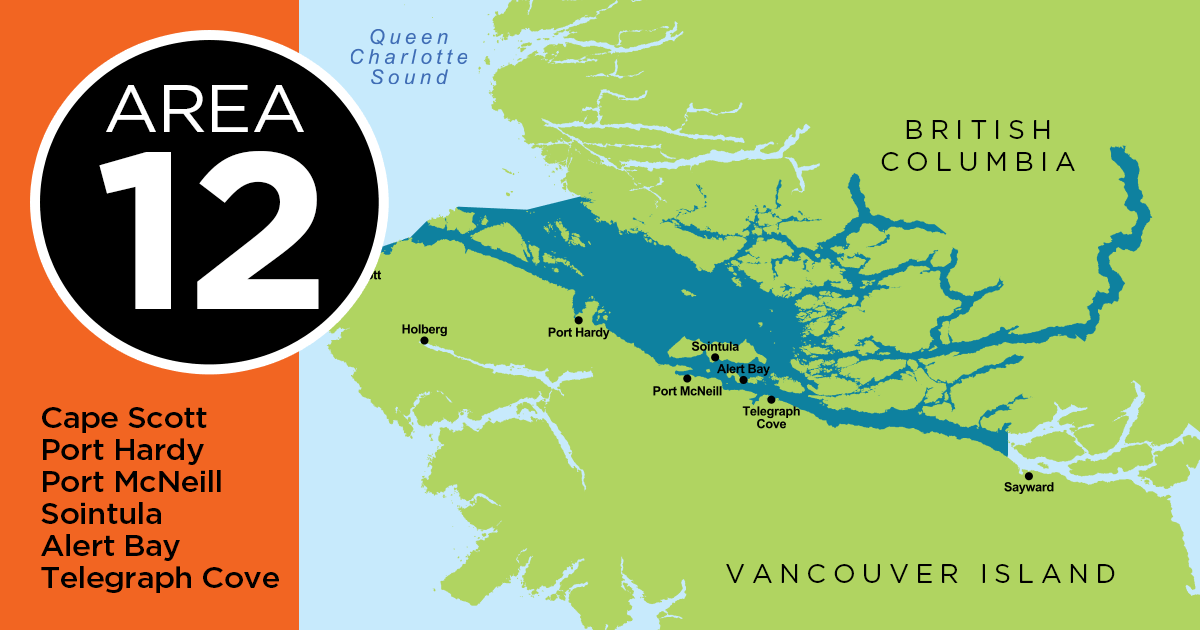
 Have you ever been on the water and found yourself with a dead outboard? I recall one sunny day a couple years back when a friend called me with just that problem. He was out fishing in front of Nanaimo when his engine died. Luckily, I wasn’t too far from Stones Marina where my boat was moored at the time, so I was able to get out there fast and tow him in. He was fine, but the wind was picking up and the current was carrying him towards the shallows of McKay Point on Newcastle Island. He gauged his window at about 30 minutes before he would have been in trouble. Luckily, the 23-foot Striper had an anchor and line on board, so he promptly let out all the rope and hoped that he’d hook something that would hold. Thankfully it worked, and he was out of harm’s way until I arrived. What was the problem? Out of gas. And to be clear, I would categorize this fellow as an advanced boater with excellent mechanical and problem-solving skills. It’s a reminder that no one is exempt, and that luck favours the prepared.
Have you ever been on the water and found yourself with a dead outboard? I recall one sunny day a couple years back when a friend called me with just that problem. He was out fishing in front of Nanaimo when his engine died. Luckily, I wasn’t too far from Stones Marina where my boat was moored at the time, so I was able to get out there fast and tow him in. He was fine, but the wind was picking up and the current was carrying him towards the shallows of McKay Point on Newcastle Island. He gauged his window at about 30 minutes before he would have been in trouble. Luckily, the 23-foot Striper had an anchor and line on board, so he promptly let out all the rope and hoped that he’d hook something that would hold. Thankfully it worked, and he was out of harm’s way until I arrived. What was the problem? Out of gas. And to be clear, I would categorize this fellow as an advanced boater with excellent mechanical and problem-solving skills. It’s a reminder that no one is exempt, and that luck favours the prepared.

While in Port Alberni recently, I visited the Port Boat House and spoke with Kyle Fletcher, the resident service manager. We chatted about how this time of year many people don’t prepare themselves adequately for a situation that can turn very bad, very fast. Trip-ending scary situations, the most common of problems, time and time again—most of which are preventable. Everyone should plan to prevent problems by routinely scheduling seasonal check-ups. That said, if you do run into a dead outboard situation at sea, what should you do?
Before the panic sets in and you forget the simplest things, have a look at this list. Even better, keep this issue on board so if you are flustered, you can remind yourself what to look for. Always be sure to have a basic set of tools and parts on your boat; refer to the list of recommendations at the end of this article.
Are You in a Safe Position?
Before you diagnose, be sure you are not in or headed for danger. If you are, then depending on the level of emergency, you should issue a “pan-pan” or “mayday” on your VHF radio, channel 16. *16 is also usable on a cell phone in most areas where there is signal, like out front of Nanaimo. Using 911 is also an option, but a proper hail on channel 16 will always result in a faster response from the Coast Guard and boats in your area.
While engine problems can be quite complex and are often beyond the average boater’s ability to deal with, this list is a reminder of the items that can be addressed, along with the things average boaters should familiarize themselves with to problem-solve at sea. Simply put, you either have an electrical or a fuel problem.
Electrical Problems
 Is your battery switch turned on? Some boats have a battery switch with positions being “Off,” “On,” or “1, 2, both.” If you have 2 batteries, be sure to try positions 1, 2, and both. It’s possible one of your batteries is dead.
Is your battery switch turned on? Some boats have a battery switch with positions being “Off,” “On,” or “1, 2, both.” If you have 2 batteries, be sure to try positions 1, 2, and both. It’s possible one of your batteries is dead.
Is your safety tether attached properly to the kill switch? Wiggle the emergency shutoff and make sure it’s properly seated. The kill switch tether/connector is designed to kill an engine, especially in case of man overboard.
Is the throttle in neutral (straight up and down)? Make sure your gearshift/throttle is NOT in gear.
Check your battery and cables. Look for signs of wear like fuzzy wires and corrosion/oxidation (i.e., a white or greenish-blue powder) that can cause a poor electrical connection or a short. Be sure that the cables on the batteries’ posts are not loose. If you have a voltmeter on board, check to see if you are reading 12 volts at the battery.
 Know your fuses. Every outboard has a main fuse—know where yours is and carry a spare. Refer to the manual and ask your marine mechanic to show you if you still aren’t sure. Check your fuse panel if you have one. Going beyond starting problems, it only takes one bad fuse to ruin a day of fishing by disabling a downrigger, a pump, your chart plotter, VHF, or your tunes.
Know your fuses. Every outboard has a main fuse—know where yours is and carry a spare. Refer to the manual and ask your marine mechanic to show you if you still aren’t sure. Check your fuse panel if you have one. Going beyond starting problems, it only takes one bad fuse to ruin a day of fishing by disabling a downrigger, a pump, your chart plotter, VHF, or your tunes.
Fuel Problems
Are you out of gas? Although it’s too late to do anything to solve this problem, just remember that it’s not an uncommon one—“Just 5 more minutes, just 5 more…” Carry spare gas, or fill up before your trip and don’t rely 100% on the accuracy of gages.
Fuel lines and couplings (connectors). Look for leaks along the gas line and try disconnecting the line from the engine itself and reattaching. Be sure it’s free of debris and properly connects.
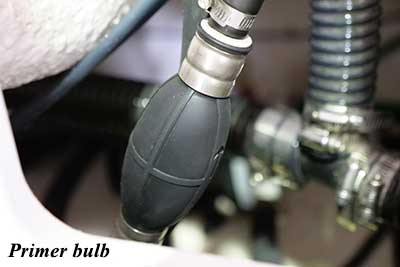 Is the engine primed / Is gas flowing? Outboards can be primed by squeezing the primer bulb, typically located on the gas line between the tank to the outboard. If you overprime, you will flood the engine. A sure sign of flooding is the smell of gas. If you flood, wait a couple of minutes before trying to start again.
Is the engine primed / Is gas flowing? Outboards can be primed by squeezing the primer bulb, typically located on the gas line between the tank to the outboard. If you overprime, you will flood the engine. A sure sign of flooding is the smell of gas. If you flood, wait a couple of minutes before trying to start again.
If you have an external tank, check if the air vent is open. It’s common to have “vapour lock” on tanks not vented properly.
Are the filters clogged? You’ll find a filter on the outboard under the cowling. Be sure it’s not clogged and there is no water—if so, flush it. Carry a spare. Also, external fuel filters (some water-separating) that are typically mounted on the transom can be manually removed and emptied. Carry a spare as well.
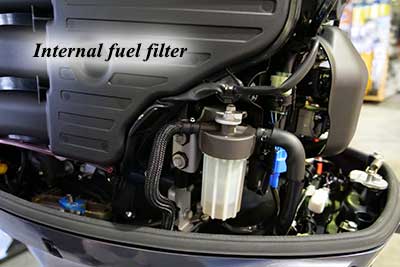

More than anything, I hope this list serves as a reminder to be familiar with your boat. Prepare yourself for problems that you hopefully won’t encounter while on the water. If anything, be sure to have your boat professionally checked and maintained on a regular basis. I’d like to thank Kyle and the team at the Port Boat House for helping with this article and keeping us all a little safer at sea.
Basic Boat Tool Kit
- Jumper cables
- Wire stripper/crimper
- Voltmeter
- Screwdriver set
- Needle-nose pliers
- Adjustable wrench
- Magnetic retrieval tool
- Ratchet/open-ended wrenches
- Spare fuses and fuel filters
- Spare battery/jump starter device or battery “booster”
- Electrical tape

Visit the Store
$34.99
$34.99
Featured Catch
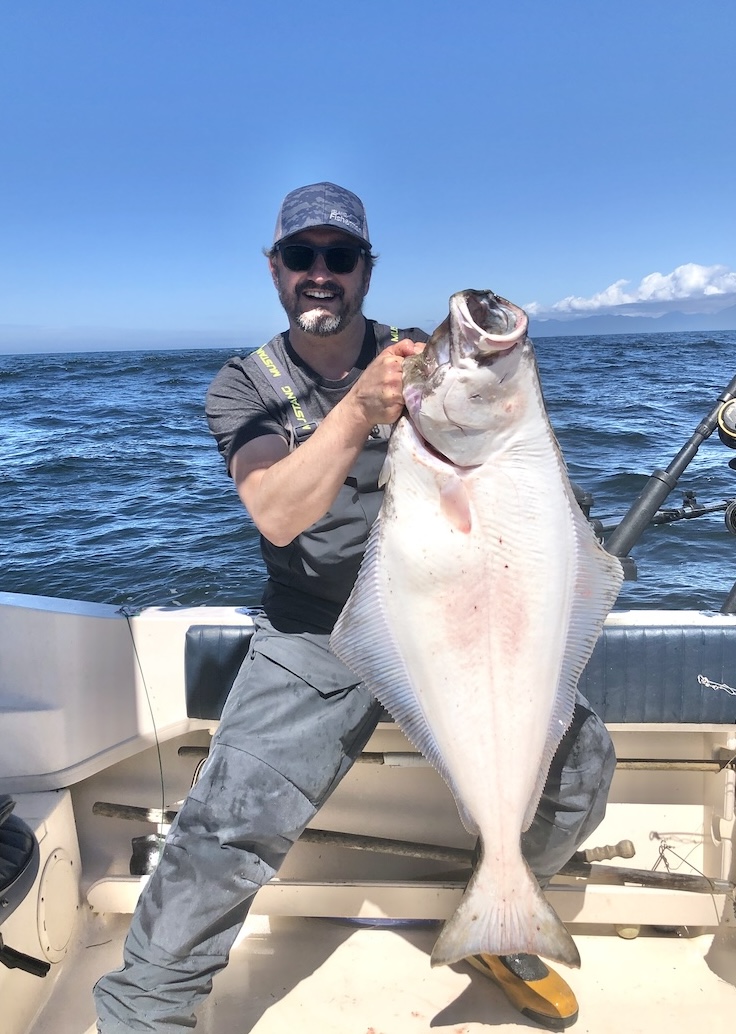
Joel Unickow halibut (Photo: Rob Frawley Lucky Strike Sportfishing Tofino)

